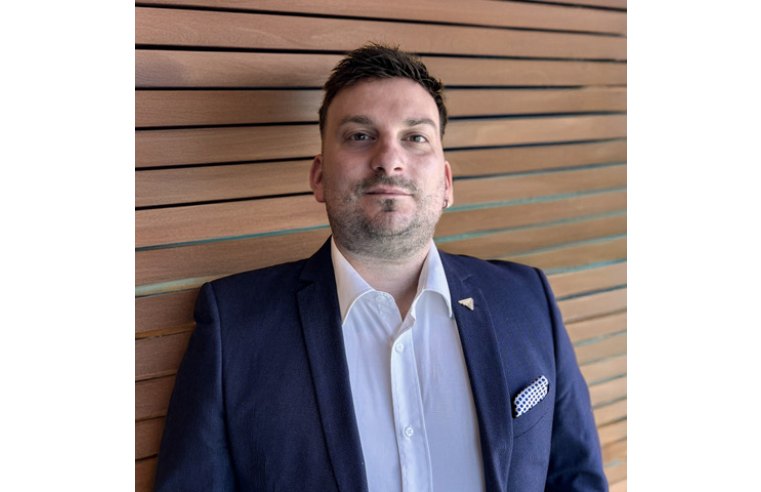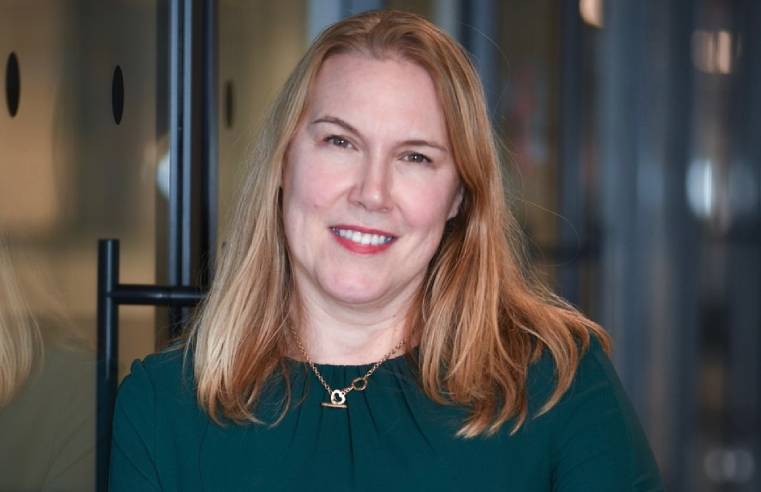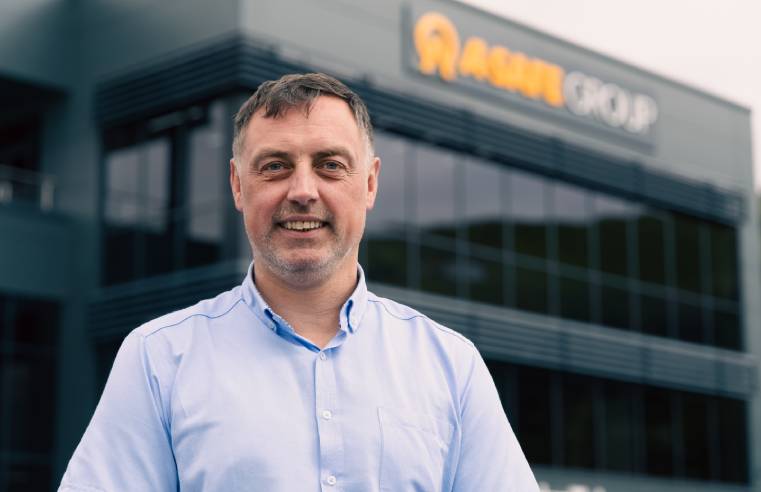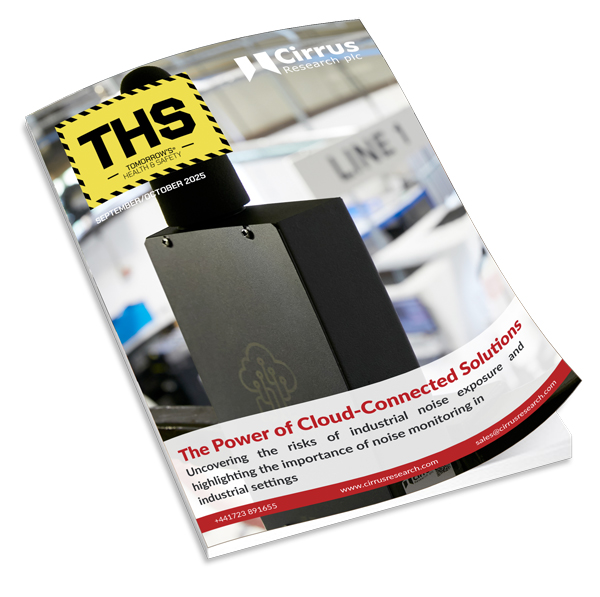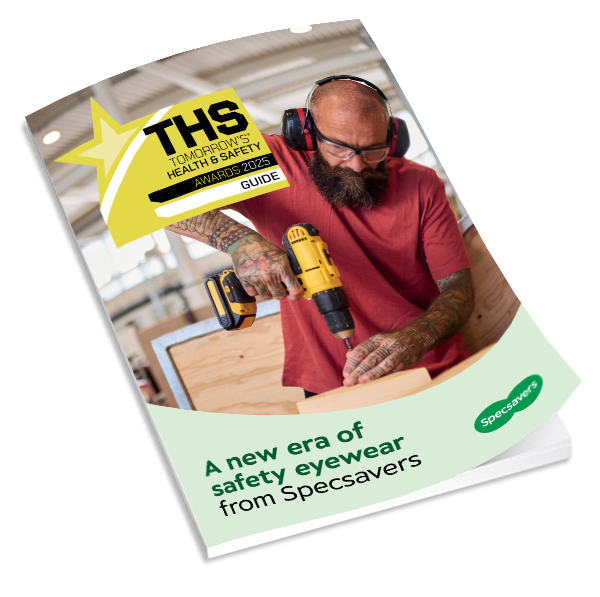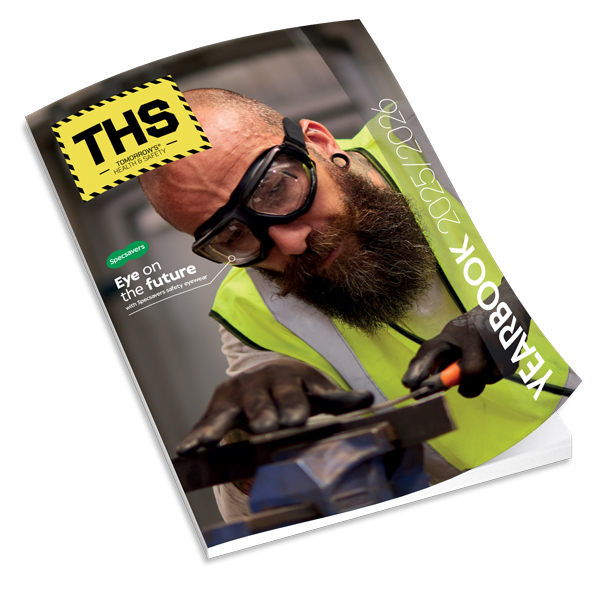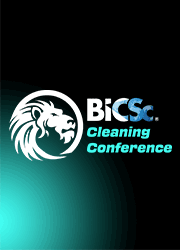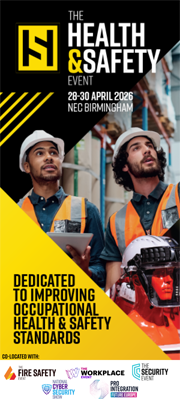Louise Hosking, OSH specialist and business owner, reflects on how business owners and OSH professionals can ensure a safer future.
As a result of the pandemic, health and safety is under a spotlight like never before. But we should not be lulled into a false sense of security thinking awareness of terms such as risk assessment, infection control, and track and trace, are (jointly) the same as effective, widespread implementation.
As we slowly move out of lockdown, businesses are facing compounded challenges. Most business leaders have had to work hard and fast to keep up with the ever-evolving situation, whilst also juggling existing commitments and altering their working methods, not to mention their home life.
There is a danger that nationally - and internationally - the ‘health and safety gap’ will only grow larger as a result of the pandemic. Organisations which have done well during this period will be able to invest in health and safety and create an effective response to OSH (Occupational Safety and Health) in the post-pandemic world that emerges. They will be able to make the most of the technological advances and new research.
On the other hand, we are at risk of seeing standards falling in companies which have been hit hard by the effects of the pandemic. In particular, smaller organisations or those that have been impacted by the pandemic, will undoubtedly struggle to keep up with staff training, maintenance checks and risk assessments which verify appropriate safety measures, and support for employees. Organisations are less likely to embark on new health and safety initiatives in areas other than for critical COVID-19 protocols.
It will be hard, but as business builds back better this should include ensuring OSH resources are available and that, as a business community, we push for continual improvements in the face of adversity. If we let the gap widen in OSH, there will be even greater disparity between those who ‘have’, and those who ‘have not’. Individuals who are already vulnerable are most likely to suffer if safety and health standards slip or are not appropriate to the current situation.
A positive result of the pandemic is that, in general, organisations now have a deeper understanding of the hierarchy of risk control and risk-based principles. They understand how important it is to take care of the health of our people and to put our people first. Our understanding of how to manage health risks and psychosocial risk is definitely more established. When preparing for the post-pandemic world, businesses of all sizes should consider the following:
Prevention should be the first port of call. It is likely the threat of COVID-19 will endure for some time. There is also much discussion around the threat of new viruses in our world today. Embedding infection control within daily risk assessments and policies should become standard. This will simplify the process, ensure standards do not slip, and enable businesses to be prepared for emerging threats.
An agile outlook should be adopted by leaders. This pandemic experience shook us all, but particularly those business owners who need to feel ‘in control’. When you are faced with so many factors you cannot control, you have to accept you cannot plan in the same way. You then have to risk assess, respond, move forward, and be prepared to adapt promptly. We must learn to control what we can, properly and realistically prioritise; put systems in place in advance where we can prepare and let go of others which can wait. We must fearlessly become more agile and more adaptable. Developing this mindset will facilitate a more effective response in times of potential adversity.
Know your values. As business owners there are often many conflicting demands from different parts of the company. However, having clearly defined business values and standards are a key part of developing safety and health as an integral part of organisational culture. From the outset, employees at all levels of business should be provided with health and safety information relating to your expectations from them, as well as your responsibilities in keeping them safe. OSH should be a regular conversation, and clear communication a priority.
Manage the health and safety gap to build back better. What we do next is massively important. We need to remember how connected we all are, and we are likely going to have to invest more (either our time, or financially) if we value our people in the way we say – we need to ‘walk the talk’.
For some organisations, OSH will not be top of the agenda as the wheels of industry begin turning again. Staff training or routine maintenance will be seen as a cost rather than an investment and could lead to hiding worsening work conditions. Long working hours as businesses claw back will add to the psychosocial challenges already being faced. We might see governments tempted to deregulate. If we value people and their working conditions as much as we say we do, we need to be vocal.
OSH professionals should ensure they are providing those they serve with what they really need - personalised services, and an appreciation of the unique demands of their organisation. Professionals need to effectively communicate the risk-based principles and look again at new and emerging hazards. But this must be done sensitively, with compassion, professional curiosity, empathy, and creativity. If businesses are going to be supported to build back better, they must see OSH professionals as enablers who create value for business.







